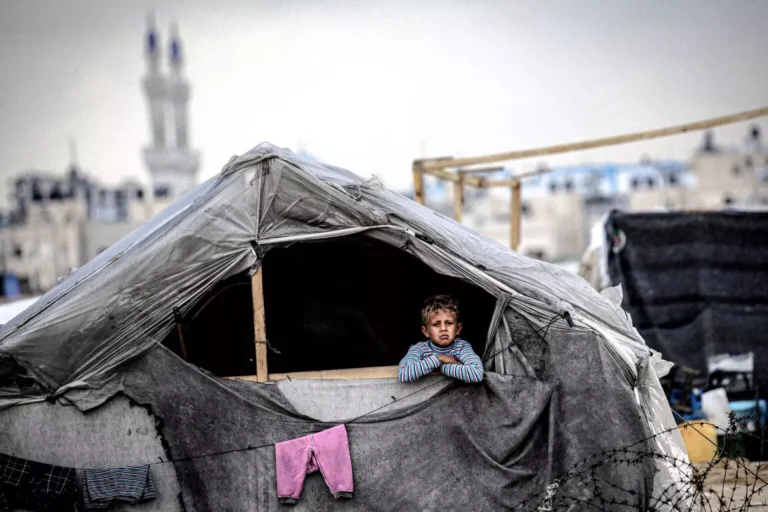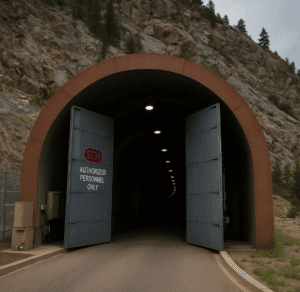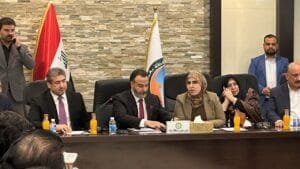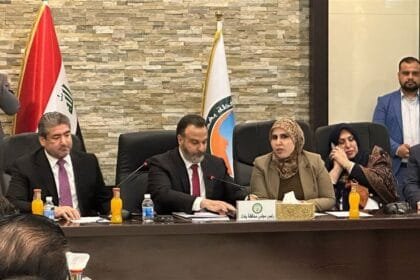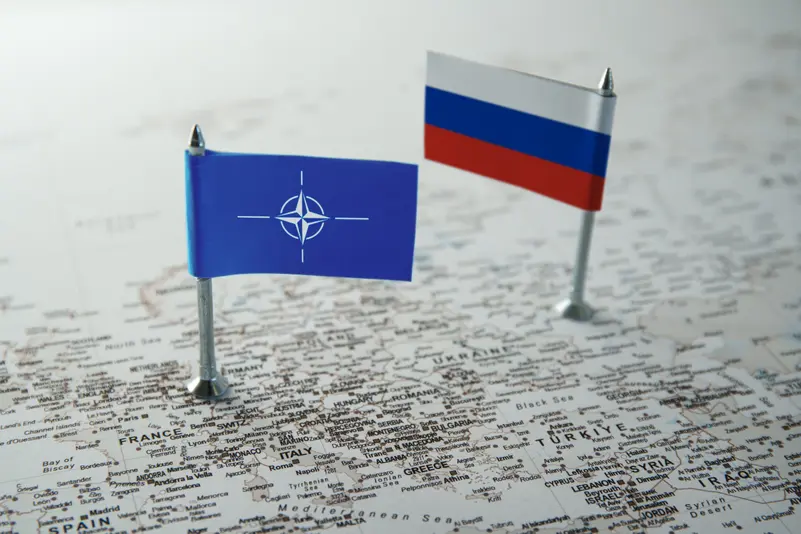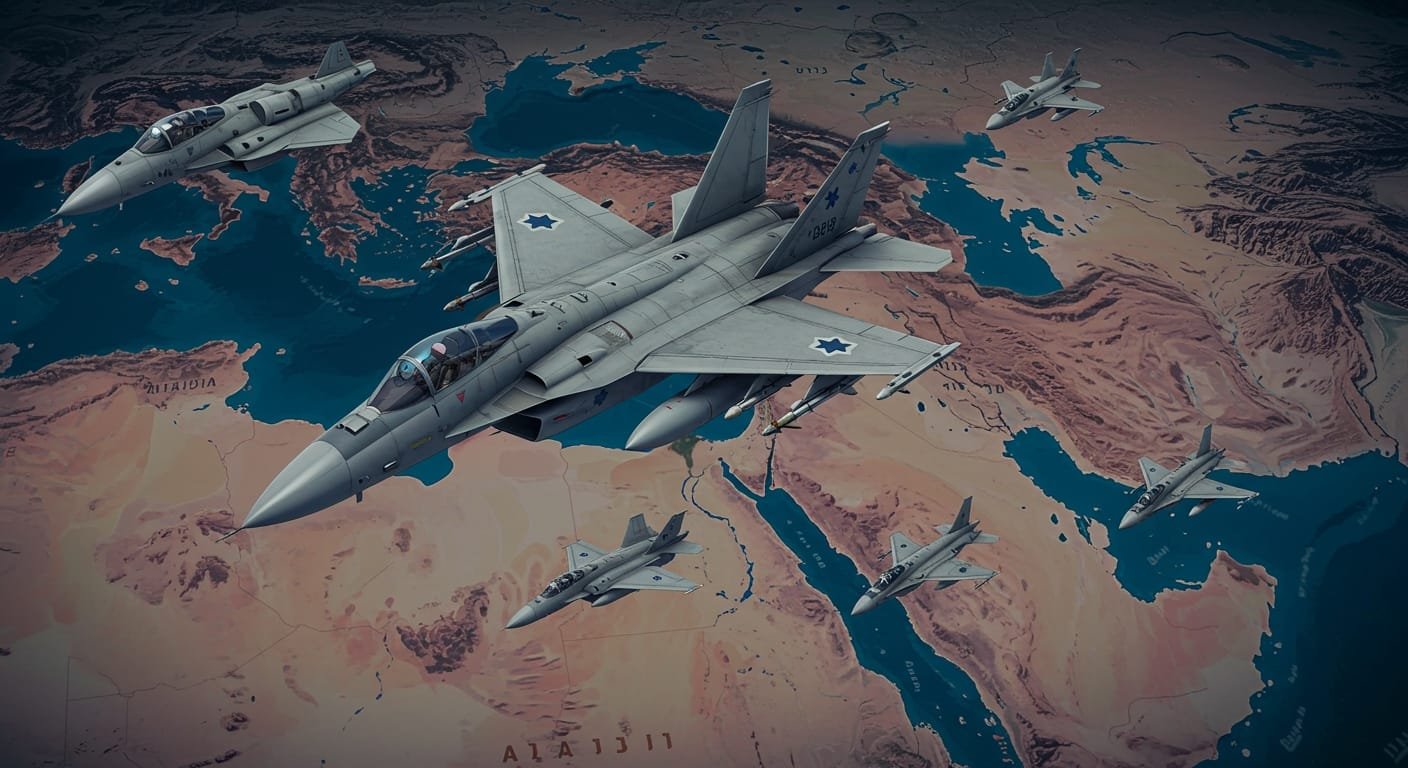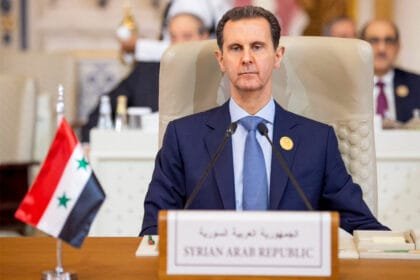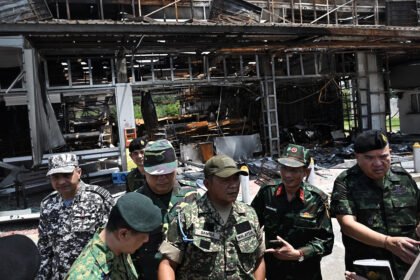A two-year conflict that had dramatically destabilized the Middle East concluded on Monday. This followed the release of the last living Israeli captives from the Gaza Strip by the Hamas movement, along with a simultaneous exchange of Palestinian prisoners from Israel.
US President Donald Trump declared an end to the war. Hours later, he gathered Muslim and European leaders in Egypt to discuss the future of the Gaza Strip and broader regional peace.
Analysts remain skeptical of the 20-point Trump peace plan, which is deliberately vague in many areas.
The two-state solution
The official Israeli policy is opposed to the two-state solution. Yet, most of the countries in the UN favor granting the Palestinian people their right to self-determination. The ICJ previously declared the occupation of Gaza and the West Bank illegal under international law. It called on Israel to vacate immediately.
The Israeli military confirmed the successful handover of all 20 living captives. Speaking to the Israeli Knesset, President Trump heralded the moment, stating, “The skies are clear, the cannons are silent, the sirens are still, and the sun is rising on a holy land that is finally at peace”. He described the conflict as a “long nightmare” for both Israelis and Palestinians that was now over. The ceasefire and captive/prisoner exchange were mediated by the United States, Egypt, Qatar, and Turkey.
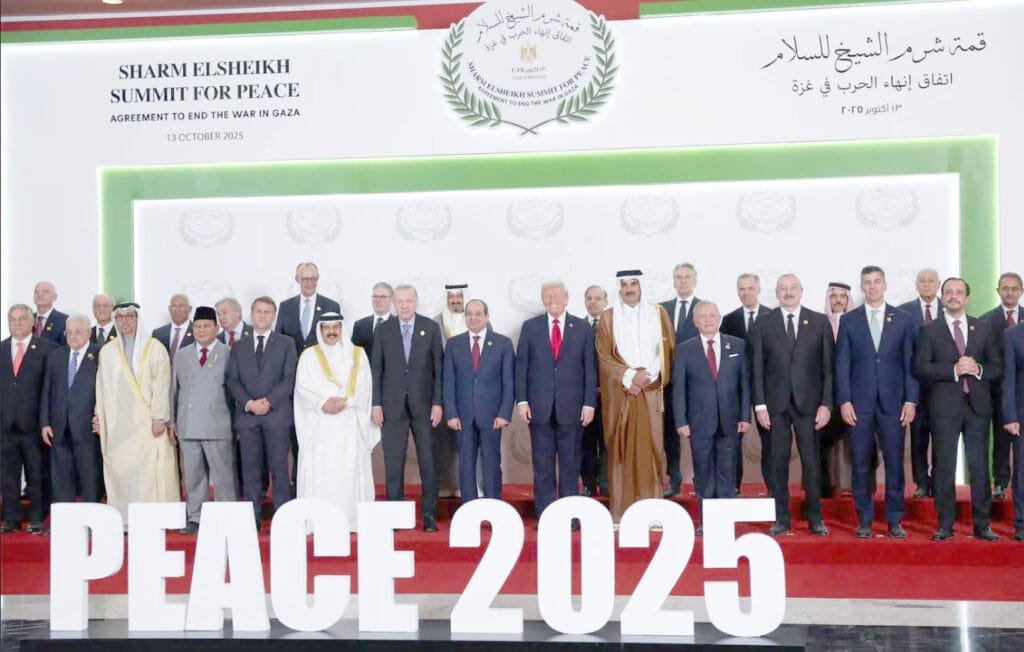
The Sharm El Sheikh Summit for Sustainable Peace
In the Egyptian resort of Sharm El Sheikh, President Trump and Egyptian President Abdel Fattah El-Sisi hosted over 20 global leaders in a summit to solidify the truce. The summit commenced with President Trump, alongside leaders of Egypt, Qatar, and Turkey, signing a document. The document welcomed the Gaza agreements and pledged “collective action to implement and sustain this legacy.”
Key discussions at the summit focused on future governance, security, and reconstruction of Gaza. President Trump stated, “Now the reconstruction begins”. President El-Sisi expressed hope that the agreement would “close a painful chapter in human history and open the door to a new era of peace and stability in the Middle East”. He further stressed the plan’s importance in creating the political horizon needed for implementing the two-state solution. This, he views as the “only way” to achieve the legitimate aspirations of both the Palestinian and Israeli peoples.
Notably, neither Israel nor Hamas sent representatives to the summit. However, President Trump did meet with Palestinian Authority President Mahmoud Abbas, who is keen for the PA to play a significant role in Gaza’s future administration, despite Israeli opposition.
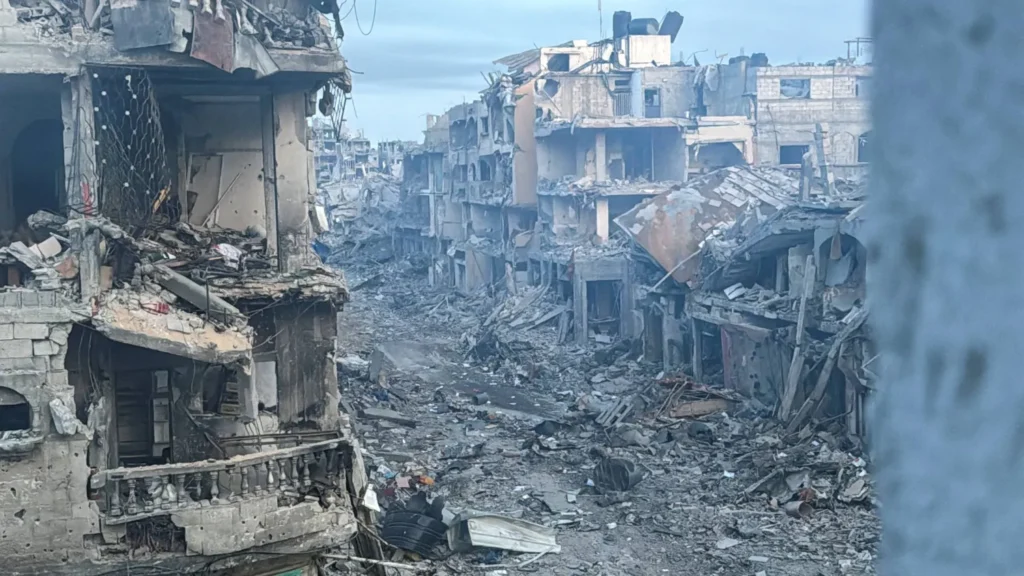
The Humanitarian Challenge and Aid Logistics
The ceasefire agreement included a partial Israeli withdrawal, allowing thousands of Palestinians to return to the ruins of their homes. The war, ignited after the Hamas-led attacks on October 7, 2023, has resulted in vast destruction. It caused the deaths of approximately 68,000 people, according to health authorities in Gaza. The conflict led to the displacement of nearly 90% of the population.
A major element of the ceasefire plan is a significant increase in relief supplies flowing into the Strip. UN aid coordinator Tom Fletcher emphasized the critical need for shelter, fuel, and an increase in food, medicine, and other essentials. The UN seeks to boost aid deliveries to “hundreds of trucks daily” to combat widespread famine.
Logistical plans for aid delivery are in place. Italian Defense Minister Guido Crosetto announced that Italian police would resume patrols at the Rafah border crossing between Gaza and Egypt. It is anticipated that around 600 humanitarian aid trucks daily will flow into Gaza through the Rafah, Kerem Shalom, and Erez crossings.
Political Future and Reconstruction Funding
The formal agreement, published by the White House, stresses a commitment to ending the conflict. It provides a vision for “peace and prosperity” while emphasizing the need to resolve future disputes through diplomacy.
However, the path to a broader, sustainable peace remains challenged by several unresolved issues. President Trump avoided a direct stance on the two-state solution during his return. He stated, “I am not talking about one state or two states, we are talking about the reconstruction of Gaza”. This indecision follows his previous critique of the two-state solution momentum as a “reward for the Hamas movement”. The matter of a future Palestinian state remains a pressing, unresolved issue.
The massive effort to reconstruct Gaza is not merely a humanitarian undertaking but a “political act par excellence,” requiring an initial cost of no less than $20 billion. The Trump administration is pursuing a strategy that relies on a dual-guarantor system:
Political Guarantors: Including Qatar, Turkey, Egypt, and Jordan, to ensure the stability of the political decision.
Financial Guarantors: Comprising the Gulf States and the European Union, to provide essential funding.
Analysts stress that any reconstruction plan must be underpinned by a clear strategic vision. This is needed to ensure regional stability, protect investments, and prevent further military escalation, which could undermine rebuilding efforts and erode international financial confidence.
Saudi Crown Prince Mohammed bin Salman is expected to travel to Washington in November. He will meet with Trump to finalize business deals, focusing on AI, defense, and energy.
The credit for stopping the genocide in Gaza
Trump enjoys the credit for stopping the genocide in Gaza. However, experts say Saudi Arabia and other key Arab nations will keep pressure on the Trump administration. Their aim is to further a long-lasting and just peace for the Palestinian people.
The Abraham Accords are a project begun in Trump’s first term, and he seeks to add more Arab countries to normalize relations with Israel. Saudi Arabia is considered the biggest prize in the plan, but the Kingdom has stood firm on their position. They insist a two-state solution must be established before they will sign. Netanyahu said his goal when taking his current term in office was to sign Saudi Arabia to the Accords. Currently, Netanyahu’s political life is in limbo, and it may be his successor who will sign with Saudi Arabia.




